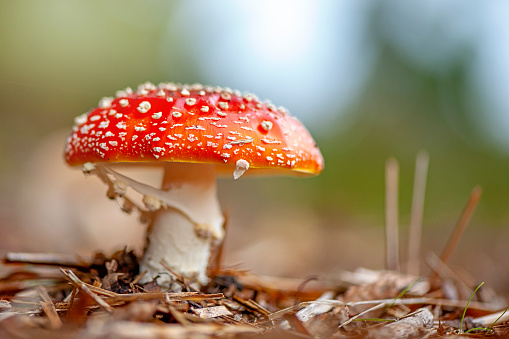The Butterfly Problem

For 23 years, the Xerces Society for Invertebrate Conservation has held an annual monarch butterfly count. Volunteers visit spots on the West Coast where monarchs are known to gather. They count the insects to learn about the health of the species.
Xerces started counting in 1997. That year, it found more than a million monarchs. By 2018, that number had dropped to fewer than 30,000. In 2020, Xerces counted just 1,914 monarchs.
A study was published in March in the journal Science. Researchers looked at decades’ worth of data on butterflies in the western United States. They found that butterfly populations are shrinking by almost 2% each year.
“It compounds
compound
 VICTOR DYOMIN—GETTY IMAGES
to add to, or to make a problem worse
(verb)
Stress can compound a headache.
each year,” Matt Forister, the study’s lead author, told TIME for Kids. “Over time, it’s really bad.”
VICTOR DYOMIN—GETTY IMAGES
to add to, or to make a problem worse
(verb)
Stress can compound a headache.
each year,” Matt Forister, the study’s lead author, told TIME for Kids. “Over time, it’s really bad.”
Cause and Effect
Monarchs aren’t the only species of butterfly whose population is dropping. According to the study, most butterfly populations are.
Why? For one thing, humans are taking over their habitat. Butterflies need flowering plants for food and to lay eggs on. When new buildings and roads replace fields and forests, these plants are lost. Pesticides used by farmers and gardeners also harm the insects.
Forister’s research suggests climate change is to blame, as well. His team looked at “nice, natural areas” mostly unaffected by humans. Those are places one might expect to find many butterflies. But even there, the numbers were down. That led Forister and his team to believe that warming temperatures in the fall are harming the insects.
How to Help
Growing flowering plants, like local milkweed, and avoiding pesticides can make a yard safe for butterflies. It’s also good to let it get messy. Butterflies use fallen leaves for protection.
“Insects are in our backyards, even if we don’t always see them,” Forister says. “Having a yard free of toxins
toxin
 JACKY PARKER PHOTOGRAPHY—GETTY IMAGES
a poisonous substance
(noun)
Some wild mushrooms contain toxins.
. . . helps a lot.”
JACKY PARKER PHOTOGRAPHY—GETTY IMAGES
a poisonous substance
(noun)
Some wild mushrooms contain toxins.
. . . helps a lot.”












